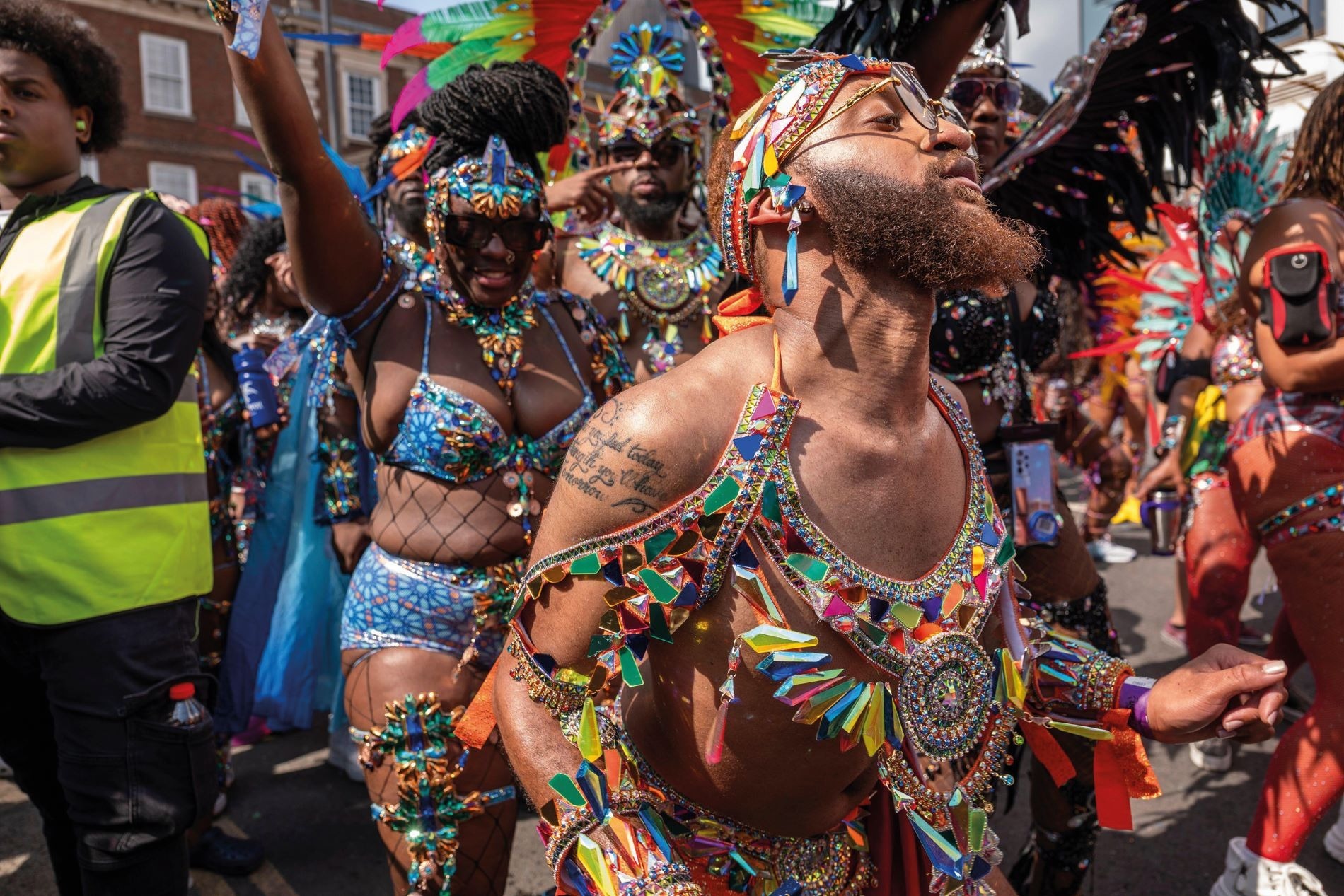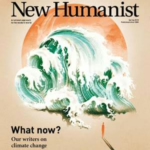Book review: Multitudes - How Crowds Made the Modern World, by Dan Hancox

Multitudes: How Crowds Made the Modern World (Verso) by Dan Hancox
When you picture a crowd, you may think of a jostling, unruly mass. It’s an image often painted by politicians, news outlets and the police, who warn us of the dangers of mass panic, crime and violence. It’s a compelling vision, but it isn’t the whole picture. What if crowds are not the enemy of society that they sometimes seem? That is the argument presented by journalist Dan Hancox in his thought-provoking new book.
According to Hancox, our modern conception of crowds was shaped in the late 19th century by French proto-fascist Gustave Le Bon. The Crowd: A Study of the Popular Mind was hugely influential, lauded by everyone from Sigmund Freud to Mussolini and even playing a part in shaping the Nazi propaganda machine. Crowds make us feel inferior, writes Le Bon. They replace personal accountability with anonymity, human morality with animalistic desires. A strong leader is needed in order to channel these destructive potentials away from anarchy and chaos – from the “mob rule” of democracy and socialism towards the maintenance of order and hierarchy.
As crowds grew larger and more frequent due to rising populations and urbanisation, the Le Bonian way of framing the crowd survived to become part of our cultural narrative. It is essentially a supercharged version of a scepticism that goes back at least as far as Plato, who saw the easily corruptible crowd as an obstacle to the noble intentions of democracy. In reality, Hancox argues, we must distinguish between two kinds of crowds: the top-down organised crowd where people identify with a charismatic leader, such as a Nazi rally or the Trumpists who attacked the US Capitol in 2021, and the more egalitarian self-organised crowd that revolves around horizontal solidarity and shared identity, such as the carnival in Cádiz, Spain, or London’s Notting Hill. The former type of crowd is anti-social; the latter is rooted in humanistic principles.
But whatever the type of crowd, Hancox argues, they form because people choose to join in, and not, as Le Bon led us to believe, because they are coerced into doing so. We know this from our own behaviour, when we have ourselves joined a crowd situation. As Hancox asks, pointedly: “How can it be … that crowd madness is only ever an affliction ascribed to other people?”
As an experienced journalist, Hancox has reviewed many concerts and reported on numerous protests. In his personal life he has enjoyed the thrill of dancing in mosh pits “thrashing around like a loon”, and the not-so-thrilling experience of being contained by police on an overcrowded Westminster Bridge with fellow peaceful protesters. Yet, it was not until a decade later when the pandemic turned football stadiums and vast nightclubs into vacant shells that he began investigating crowd dynamics.
He discovered that a new, more empirically based science of crowds has emerged in recent decades that has turned conventional wisdom on its head. The science suggests that crowds are far less prone to violence than we thought, and through their shared identity crowd members usually show a remarkable consideration for each other’s wellbeing.
When things go wrong, crowd expert Professor Keith Still tells us, it is usually because of bad planning. “People don’t die because they’re panicking, they panic because they are dying,” he explains. So rather than contain crowds by fencing them off and resorting to collective punishment, some authorities are now working to support their ability to self-organise.
At the same time change is slow and the ghost of Le Bon looms large. The press is quick to point fingers at the crowd when trouble breaks out, while organisers fear reprisals and throw the reality under the rug, as happened famously with the Hillsborough disaster in 1989. The crowd crush that killed 97 at a football stadium in Sheffield was initially blamed on hooliganism before the main causes were found to be failures of planning and errors made by the police.
Aside from a discussion of how and when crowds might “go wrong”, Multitudes is also a celebration of the positive capacity of crowds to liberate. Hancox shows how crowds, on the whole, enable us as individuals to express ourselves more fully, and at times with more political impact. “We join crowds because located there, in the midst of all that commotion and movement, is something fundamental about what it is to be human,” he writes. “We are swept along on an emotional tide, fired up and inspired by our fellow travellers. Our individual failings are submerged: we become greater than the sum of our meagre parts. We join crowds with tentative enthusiasm and leave them beaming with joy, or roaring about the need for change – yelling for one more tune, or one more push for revolution.” It is precisely this liberating capacity, he argues, that makes the establishment cling to the draconian and scientifically debunked Le Bonian view of crowds. Hostility to “the mob” is usually hostility to democracy, dressed up as a phony concern for propriety and order.
However, there is a fine line between the liberating experience of losing ourselves in the crowd and the danger of being swept up in the moment and letting other people influence our behaviour, or think on our behalf. Hancox applauds the outpouring of mass popular resistance that characterised the Black Lives Matter protests, which were largely organised by social movements, and decries the 6 January insurrection that was instigated from the very top of American political life, with then president Donald Trump encouraging supporters to march on the Capitol. Certainly, self-organised crowds coming out on the streets against racism are at the opposite end of the spectrum to the insurrectionist crowds that threatened to bring American democracy to a halt. But the distinction doesn’t always function so neatly.
While Multitudes was published in late October, it was written before the riots that erupted in England, following a mass stabbing in Southport on 29 July. Self-described “protesters” came out onto the streets, setting fire to mosques and hotels holding asylum seekers, and committing other racist attacks. Over a thousand people were arrested. In videos of the gatherings, they appear to be egging each other on, cheering and filming the violence. Such scenes, some people might say, show the dangers of crowds – the potential for groupthink, irrationality and violence that lurks at their heart. It can be assumed that Hancox would place these summer riots in the anti-social camp, although the level of organisation by far-right groups, and the extent of premeditated violence, is still being untangled.
Whether his distinction always holds, Hancox’s mission seems worthwhile. In the spirit of democracy and in light of the agony of social distancing that inspired him to write the book, we must take on the broader challenge of restoring the reputation of the crowd and its egalitarian potential. Multitudes helps us to better reflect on crowds in a nuanced manner, weighing up pros and cons, with an emphasis on the good that crowds can bring as a vital source of self-empowerment, liberation and joy.
This article is from New Humanist’s winter 2024 issue. Subscribe now.

